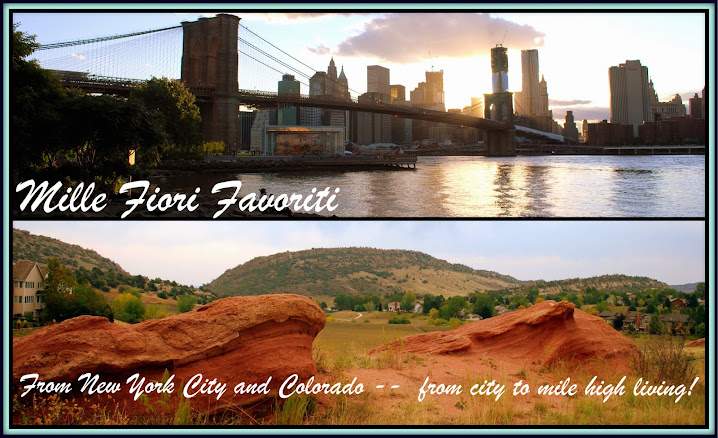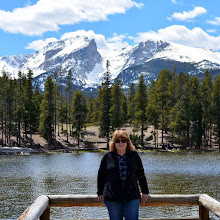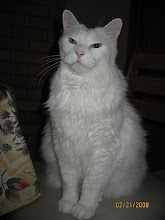Glacier National Park, located in Montana in the United States, is so unique and beautiful that it is hard to show all of its features in just a few blog posts. I am already up to part four of our trip to this park and I know I could write dozens more to show all we saw. So to condense our visit a bit I want to show you some of the highlights we saw along the 50 miles long Going-to-the-Sun Road, that allows visitors to travel in both directions from west to east, and east to west, through a major portion of the park. On the west side, a large portion of the road is surrounded by towering pines and cedars forests, with large mountain peaks looming ahead. I showed the western entrance, Lake McDonald and the Trail of the Cedars we walked on my Part Two post--click here--so I will not repeat that part of the drive here.
(All photos and photo collages in this post will enlarge for easier viewing if clicked on)
After leaving the Lake McDonald area we traveled along the McDonald Creek
We parked in a viewing area and as I was taking photos a large female moose walked out from the trees!
She waded through the creek onto the shore directly below where I was standing, and then wandered off very peacefully.
Back in our car and continuing on east after that exciting encounter.
We soon passed through a mountain tunnel...
To be greeted by the majestic sight of Heavens Peak. If you click on the photo collage above you can read more about the peak.
We stopped again in a viewing area to take photos of Heavens Peak. The viewing area was surrounded by the most delightful wildflowers!
In fact, wildflowers were in profusion all over the park!
As we drove along the Going-to-the-Sun Road we saw many waterfalls descending from the glaciers in the mountains above.
They were breathtaking sights to see! This waterfall is called Bird Woman Falls
A close up of Bird Woman Falls, that descend 492 feet into the Hanging Valley
As you can see in the photo above the road winds around ...
...and over some of the waterfalls.
More photos, above and below, of the peaceful Hanging Valley--McDonald Creek, where I earlier saw the moose, and Heavens Peak, are seen in this photo.
Please click on this photo to enlarge it to read more about this area.
Looking back at Going-to-the-Sun Road, as it winds around the mountain. Construction on the Going-to-the-Sun Road was begun in 1921 and was formally dedicated on July 15, 1933. Without stopping, it takes two hours to travel the 50-mile road.
Another view of Bird Woman Falls and Hanging Valley from another point along the road.
We now were approaching another marvel to see within the park--the Weeping Wall.
We were visiting in late August so the waterfall that seeps out through the Garden Wall, from snowmelt above, was now mostly a trickle, but enough to create a glistening rock wall and wet road.
More views of how the Going-to-the-Sun Road twists and turns around the mountains.
The views from all points are spectacular!
The Triple Arches is a rock bridge support built on the side of a mountain that was a solution to an early engineering problem. While we were visiting the park there was construction repair going on to replace part of the rock railing that had been dislodged by an avalanche during the prior winter season.
....of some of the glaciers across from the Triple Arches.
Continuing to drive east...
...we saw a couple of mountain goats frolicking on the rocks.
We now reached Logan's Pass. At 6,648 feet, it is the highest point on the Going-to-the-Sun Road. Logan's Pass is 32 miles (51,5 km) from the west entrance and 18 miles (29 km) from the east entrance to Glacier National Park. It is a popular place to visit and the parking lot often is completely filled between the hours of 9:30 am and 4pm. We did manage to park at Logan's pass on one trip on the road and we took the beautiful Hanging Garden Trail to Hidden Lake--click here to see that blog post.
This part of the Going-to-the-Sun road is also one of the most difficult to plow in spring. Often over 80 feet (24 m) of snow can lie on top of Logan Pass, and more just east of the pass where the deepest snowfield is referred to as the Big Drift.
After passing Logans Pass, we're headed towards the St. Mary section of the park
When we saw this waterfall right on the side of the road we stopped to take photos. It was running quite strongly, and we had fun touching its spray and taking a video of it. If you'd like to see a short video of the waterfall you can click on this facebook link or this Instagram link. I'd also be very pleased if you follow me at either, or both, links!
Continuing to drive east...
...more spectacular views!
We soon approached the Mt. Jackson viewing area where Jackson Glacier, the seventh largest glacier in Glacier National Park is located. If you click on the photo collage above you can read the park placard that tells how the glaciers are all shrinking over the decades, and sadly it is believed by the year 2030 none of them will remain.
As we drove toward St Mary Lake we passed into an area that suffered a serious forest fire in 2015. Over 4,000 acres of forest burned.
It was a sad and sobering sight to see, but fires are natures way of renewing the forests and someday there will be new trees growing here again.
St. Mary Lake is the second largest lake in Glacier National Park and lies on the eastern end of the park. It is 9.9 miles long and 300 feet deep. In winter is often frozen four feet deep.
The little island located towards the middle of the lake is called Wild Goose Island.
The St. Mary Valley is so picturesque!
I loved the reflections of the mountains on the lake water.
The easternmost part of Glacier National Park is now less dramatic, with rolling hills and plains.
We visited the St Mary Visitor Center at the end of the Going-to-the-Sun road. As this visitor center borders the Blackfeet Nation reservation it has interesting Native American information about the meaning of the natural aspects of the park to the native peoples. Every year there is a special program called Native American Speaks where tribal members share their knowledge of the history and culture of native America with Glacier National Park visitors.
A view of the eastern entrance to Glacier National Park from a distance.
We would make the drive from the western part of Glacier to the east again the next day as we were headed to the Canadian portion of the park called the Waterton-Glacier International Peace Park. See more in my next post!
To see posts in this series that you may have missed--click the links below:
Glacier National Park -Part One--Many Glacier
Glacier National Park -Part Two- Trail of the Cedars
Glacier National Park-Part three--Hanging Garden Trail to Hidden Lake
To see posts in this series that you may have missed--click the links below:
Glacier National Park -Part One--Many Glacier
Glacier National Park -Part Two- Trail of the Cedars
Glacier National Park-Part three--Hanging Garden Trail to Hidden Lake
I'm linking this post to the following blog events:
All Seasons, Amaze Me Monday, Blue Monday, Through My Lens Monday, Mosaic Monday, Life Through the Lens Monday, Mellow Yellow Monday, Inspiration Monday, Good Random Fun, Nature Notes, Grand Social, Our World Tuesday, Ruby Tuesday,Wanderful Wednesday,Wordless Wednesday, Oh My Heartsie Girl's Wonderful Wednesday, Outdoor Wednesday, Share Your Cup Thursday,Little Things Thursday, Thoughts of Home on Thursday, Travel Photo Thursday, Friday Photo Journal, Skywatch Friday, Sweet Inspiration, Weekend Travel Inspiration, Friday Features, Pink Saturday, Saturday Critters
Thank you to all the blog hosts!
















































































